10 Caribbean Islands That Left Me Underwhelmed — And 5 Hidden Hassles That Sealed the Deal
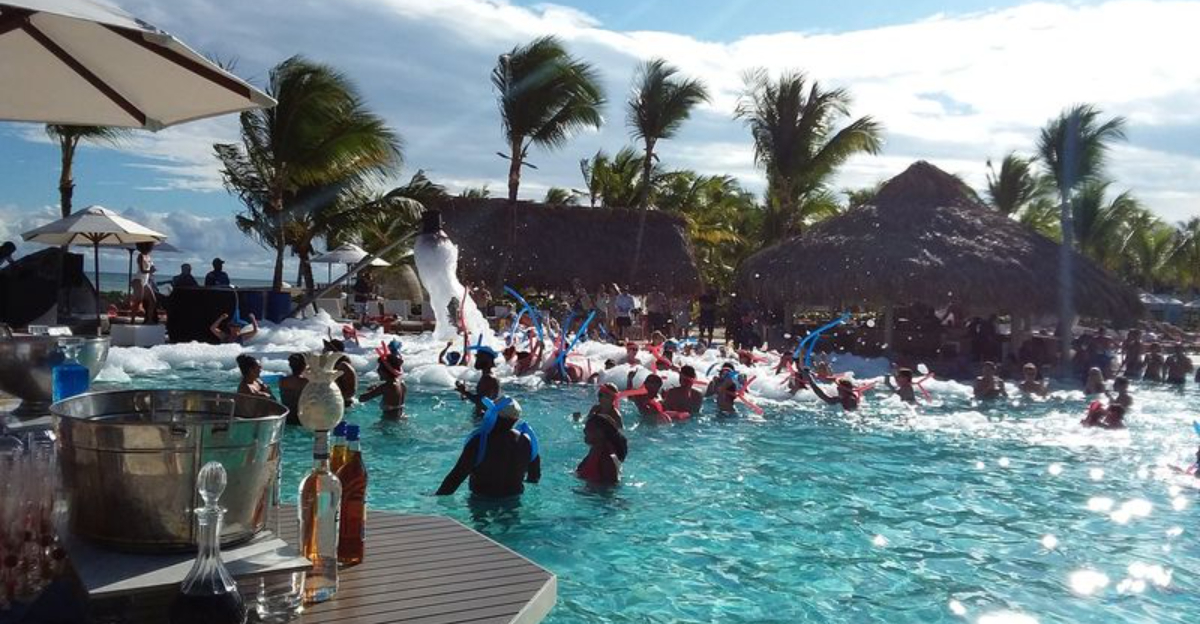
Paradise isn’t always perfect. After island-hopping across the Caribbean for years, I’ve discovered that those picture-perfect postcards don’t always match reality.
Some popular destinations left me scratching my head and wondering what all the fuss was about. From overcrowded beaches to tourist traps, here’s my honest take on Caribbean spots that didn’t live up to the hype, plus the behind-the-scenes hassles that made these trips even more frustrating.
1. Overcrowded in Nassau
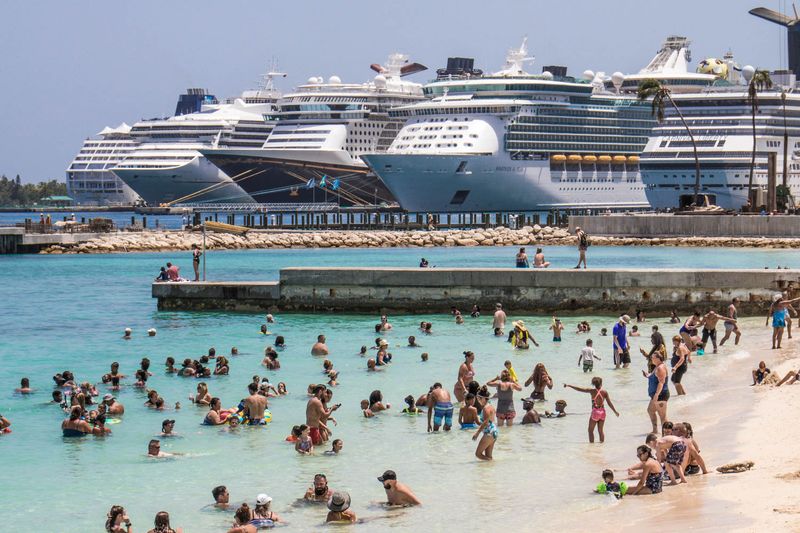
They don’t tell you this in brochures, but Nassau’s popular beaches often vanish beneath waves of people. Junkanoo Beach was beautiful from afar, but on the ground, I was swarmed by vendors and struggled to find space to breathe.
The famous straw market felt more like a claustrophobic maze of identical souvenirs than authentic Bahamian culture. Even worse, prices at restaurants near the port were absurdly inflated.
Walking through downtown became an obstacle course of tourist groups following guides with flags. Paradise Island’s Atlantis resort was beautiful but so packed with people that finding a peaceful moment proved impossible. Nassau might be convenient, but authentic island charm? Not so much.
2. Airport Delays in St. Lucia (Hidden Hassle)
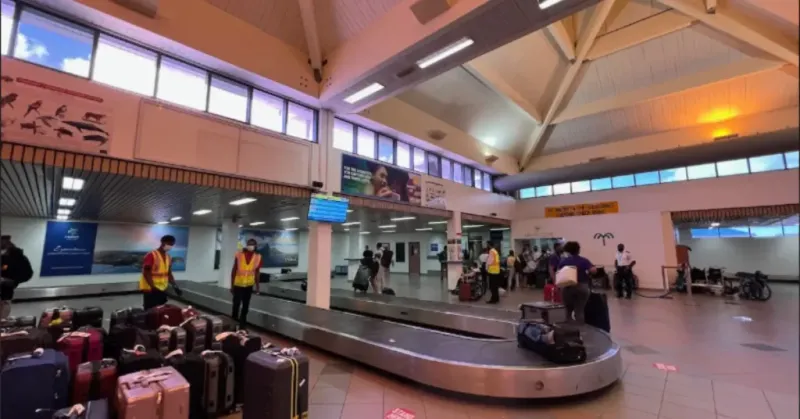
St. Lucia’s Hewanorra International Airport turned my island getaway into a waiting game. My flight arrival coincided with three others, creating a bottleneck that had us standing in immigration lines for nearly two hours in sweltering heat with no air conditioning.
Departure day proved equally frustrating. Security procedures moved at a glacial pace, with just two lanes operating despite several international flights leaving within the same hour.
The final straw? When weather delayed our departure, the tiny airport had nowhere near enough seating or food options for stranded passengers. Many people sat on floors or stood for hours. This hidden travel hassle bookended an otherwise decent vacation with unnecessary stress.
3. Cruise Chaos in St. Thomas
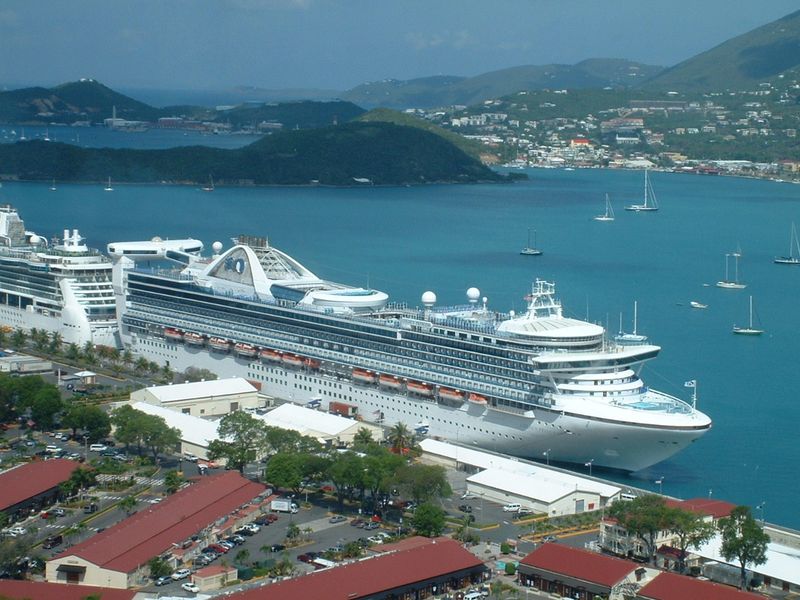
I expected island charm, but what I got was gridlock. With four cruise ships in port, St. Thomas morphed into a floating mall on land. Main Street was packed wall to wall with tourists drifting past one lookalike jewelry store after another.
Magens Bay, often listed among the world’s best beaches, disappointed with murky water and hundreds of cruise passengers fighting for beach chairs. Taxis price-gouged mercilessly, knowing we had limited options.
Local restaurants were so overwhelmed that service crawled to a standstill. I waited 45 minutes just for a menu at one spot. St. Thomas clearly prioritizes quantity over quality when it comes to tourism, leaving independent travelers caught in the cruise crowd crush.
4. Unexpected Fees in Martinique (Hidden Hassle)
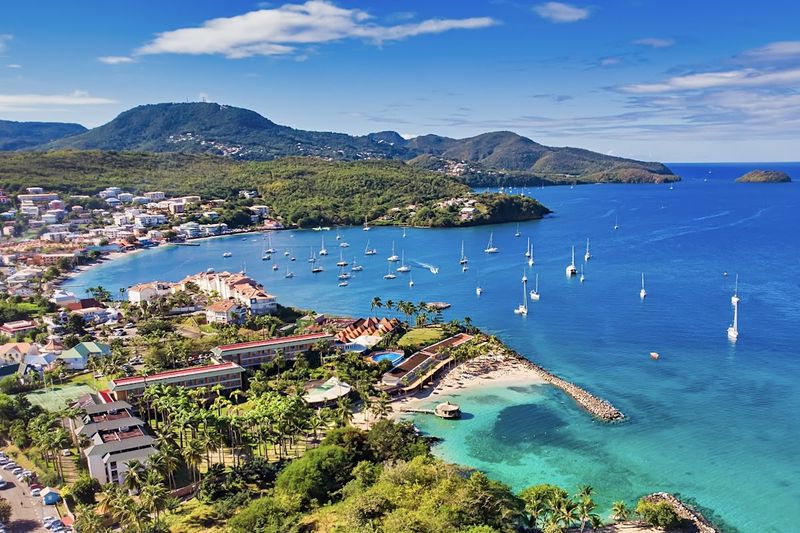
Don’t be fooled by the online rates—renting a car in Martinique comes with hidden strings. What looked budget-friendly turned pricey fast when I was hit with non-negotiable insurance fees at pickup.
Many beaches charged unexpected parking fees despite being public. Restaurants routinely added mysterious service charges beyond the listed menu prices, and some even charged for bread baskets I never requested!
Hotel taxes weren’t included in my booking rate, adding another surprise at checkout. The most frustrating part? Many places accepted only cash or European credit cards, not American ones. I wasted precious vacation time hunting for ATMs with reasonable withdrawal fees. Budget carefully if you visit this French island!
5. Too Touristy in St. Martin
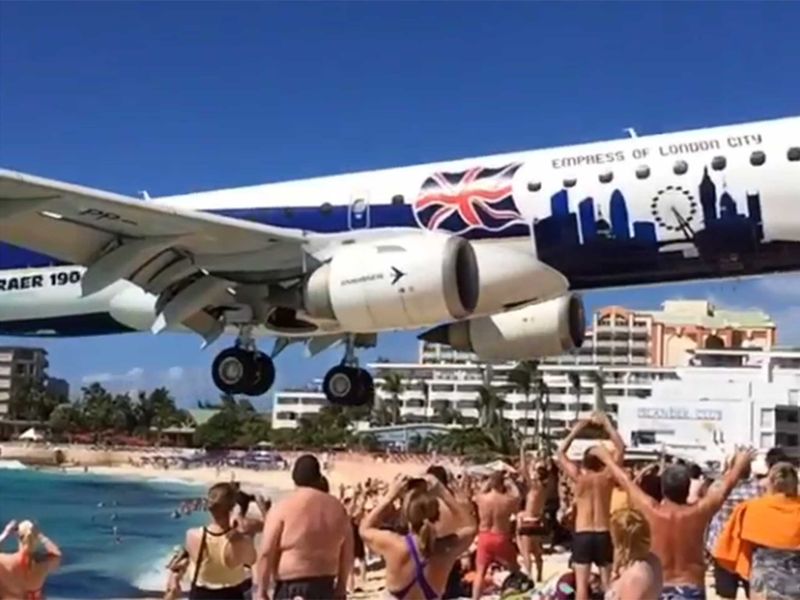
I came looking for contrast between the Dutch and French sides of St. Martin, but instead found cookie-cutter shops and crowded promenades. Philipsburg in particular felt more like a cruise ship extension than a Caribbean town.
Maho Beach was impossibly crowded with people taking dangerous selfies under landing planes. The famous Orient Beach disappointed with aggressive chair rental hawkers and overpriced food stands lining every inch of sand.
Even supposedly authentic restaurants served watered-down versions of local cuisine at inflated prices. The island’s natural beauty gets lost beneath layers of commercialization. I kept searching for authentic experiences but found mostly manufactured attractions designed to extract maximum dollars from cruise passengers during their brief visits.
6. Mosquito Swarms in Dominica (Hidden Hassle)
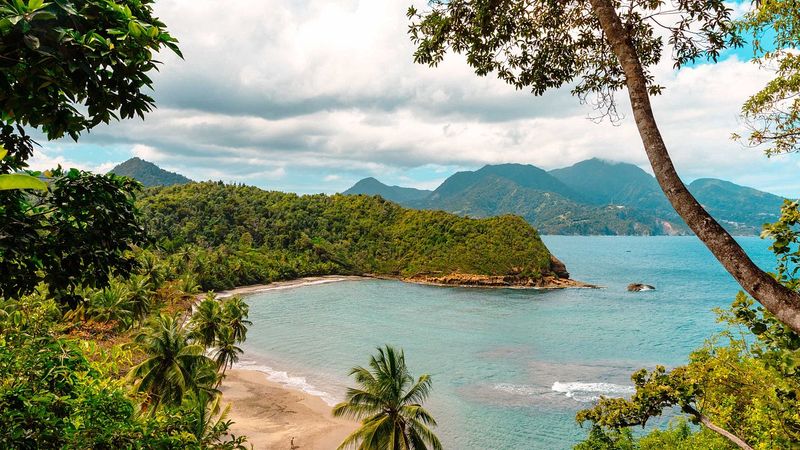
I expected adventure in Dominica’s wild beauty, but I didn’t expect to be the main course for its mosquito population. Despite constant reapplications of bug spray, I was covered in itchy welts by the end of my trip.
Hiking to the famous Boiling Lake became a miserable experience as swarms followed me the entire way. Even beachside dining wasn’t safe – the little vampires attacked relentlessly at dusk.
My eco-lodge, while beautiful, lacked proper window screens. I faced a nightly choice between suffocating heat or being eaten alive. No travel guide adequately warned me about this persistent problem that made enjoying Dominica’s natural beauty nearly impossible. Pack industrial-strength repellent if you visit!
7. Bland Beaches in St. Kitts
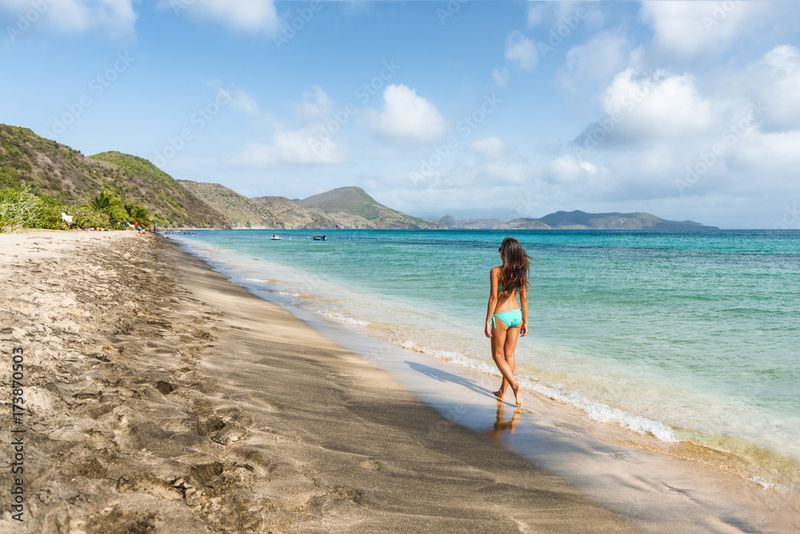
St. Kitts’ beaches fell flat compared to their Caribbean neighbors. Frigate Bay, the island’s most popular stretch of sand, featured disappointingly grainy, dark-colored sand that heated up like hot coals by midday, making barefoot walks painful.
The water clarity paled next to places like Turks and Caicos or even nearby Antigua. Several beaches had concerning amounts of plastic waste washing ashore, with minimal cleanup efforts visible.
South Friars Beach, despite its reputation, was narrow with limited natural shade and aggressive beach bar staff pressuring visitors to buy overpriced drinks for the privilege of using chairs. The few truly beautiful beaches required expensive taxi rides to reach. For an island that markets itself as a beach destination, St. Kitts delivered remarkably mediocre coastal experiences.
8. Traffic Jams in San Juan (Hidden Hassle)
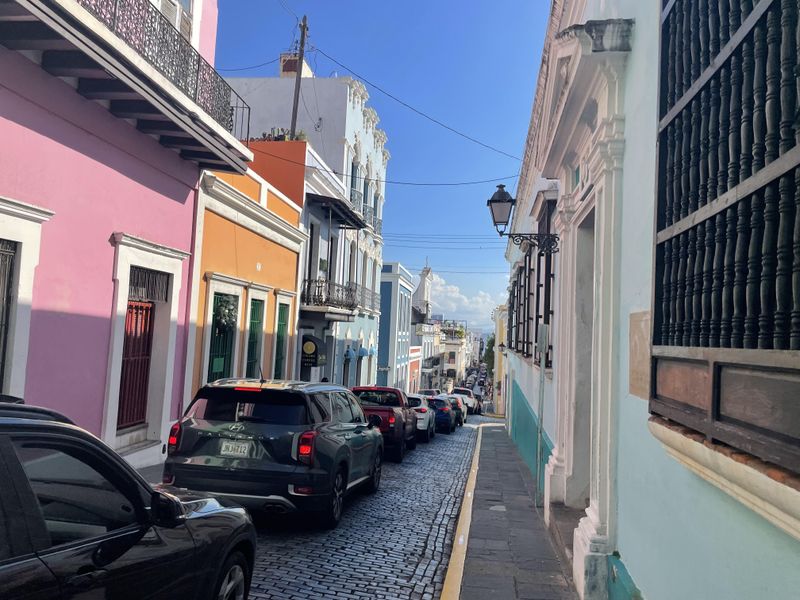
I imagined breezy drives along San Juan’s coast, but reality hit hard when a 10-mile trip stretched into an hour-long crawl. Rental agencies never warned me about the city’s relentless gridlock.
Navigation apps proved useless as they constantly rerouted through equally jammed side streets. Parking near popular attractions like Old San Juan became a competitive sport, with spots either non-existent or costing upwards of $25 for a few hours.
Taxis weren’t much better, often refusing to use meters and charging astronomical flat rates for short distances. Uber drivers frequently canceled when seeing destination traffic. This hidden hassle seriously limited how much of Puerto Rico I could explore, confining me mostly to areas within walking distance of my hotel. Ditch the car and stick to public transportation!
9. Rainy Season Blues in Grenada
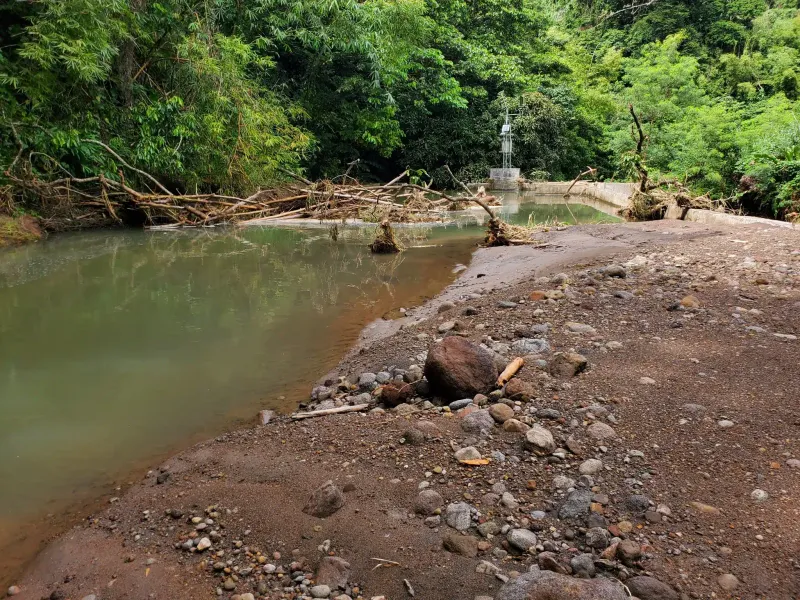
My Grenada vacation coincided with what locals casually called “a bit of rain” but what I’d classify as biblical downpours. Grand Anse Beach transformed from postcard-perfect to completely deserted as relentless rain created rivers of runoff turning the crystal water murky brown.
Hiking trails to waterfalls became dangerously slippery mud slides. Even worse, the island’s infrastructure struggled with the deluge – roads flooded quickly, and power outages occurred daily.
Most disappointing was how many businesses simply closed during downpours. Restaurants, tour operators, and even some smaller museums shut their doors at the first drop of rain. I spent far too much time trapped in my hotel room watching raindrops pound my balcony. Research weather patterns carefully before booking Caribbean travel during hurricane season!
10. Poor Wi-Fi in BVI (Hidden Hassle)

The British Virgin Islands’ internet situation caught me completely unprepared. My supposedly luxury resort advertised “high-speed Wi-Fi” that barely loaded text emails, let alone allowed video calls with family back home.
Banking issues arose when I couldn’t access my accounts to transfer money. Several restaurants accepted only cash because their card machines couldn’t maintain connections, forcing frequent ATM visits with hefty fees.
Weather alerts, important for boating safety, came through sporadically if at all. Even purchasing local SIM cards didn’t help much – cellular data crawled at early 2000s speeds. While some might appreciate a digital detox, the complete inability to handle basic online tasks created genuine stress rather than relaxation. This hidden hassle made handling real-world responsibilities from paradise nearly impossible.
11. Souvenir Traps in Aruba

Aruba’s shopping districts felt like carbon copies of every other Caribbean cruise port. The main drag in Oranjestad featured block after block of identical stores selling the same mass-produced trinkets with “Aruba” hastily stamped on them.
Finding authentic local crafts proved nearly impossible amid the sea of tacky t-shirts and shot glasses. Most disappointing were the “local” markets where I discovered most items were actually made in China despite vendors’ claims of authenticity.
Even worse were the inflated prices – identical items cost 3-4 times what they did at home. When I finally found a small shop with genuine Aruban art, the shopkeeper admitted most tourists bypass them completely, sticking to the familiar chain stores. Aruba’s unique culture gets lost beneath layers of commercialized shopping experiences designed for cruise passengers.
12. Montego Bay Disappointment
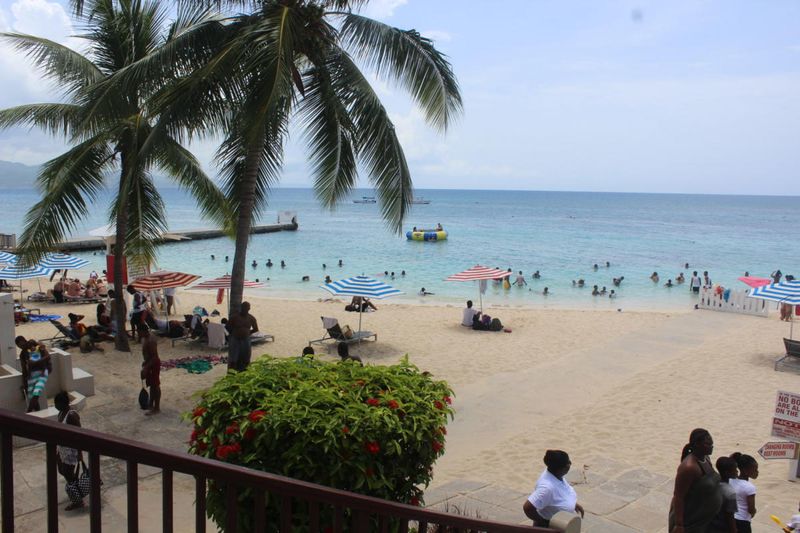
They call Doctor’s Cave Beach a must-see, but no one mentioned the price tag or the crowds. What was meant to be a peaceful beach day turned into an exhausting series of polite declines.
The “Hip Strip” felt rundown and dated rather than vibrant. Several restaurants served mediocre food at premium prices simply because they catered to tourists. Most disappointing was the water quality – nothing like the crystal blue seen in brochures.
Resorts created artificial barriers between visitors and authentic Jamaican culture. When I ventured beyond the tourist bubble, taxi drivers consistently tried to overcharge me. Locals seemed jaded by tourism, treating visitors as walking wallets rather than welcomed guests. Jamaica has many beautiful areas, but Montego Bay felt like a faded tourism hotspot past its prime.
13. Rushed Tours in Grand Cayman
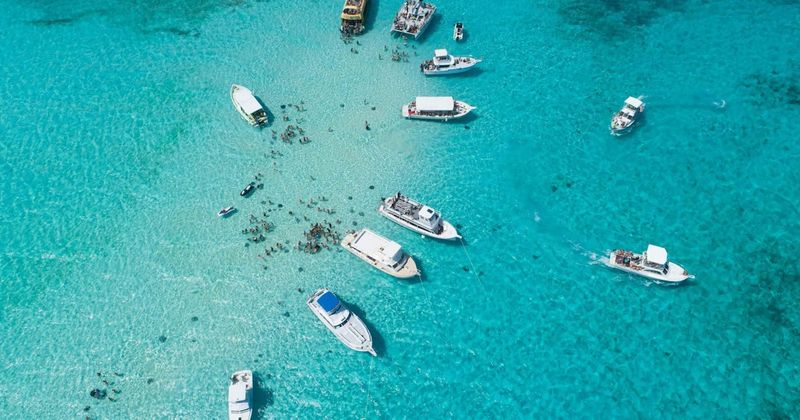
The promise of a close-up encounter with stingrays was appealing, but the reality was anything but intimate. We were allotted a rushed 15 minutes in the water, hardly enough to savor the experience before the next wave of tourists arrived.
The Seven Mile Beach tour followed the same pattern – we stopped at three locations for exactly 10 minutes each, barely enough time to snap photos before being corralled back onto the bus. Guides recited memorized scripts without engaging with questions.
Even worse, many tours overlapped at the same locations simultaneously, creating crowds that made photography nearly impossible. When I tried booking with smaller operators for more personalized experiences, prices were triple the standard rates. Grand Cayman offers beautiful sights but packages them in rushed, assembly-line experiences that feel more like checking boxes than making memories.
14. Loud Resorts in Punta Cana
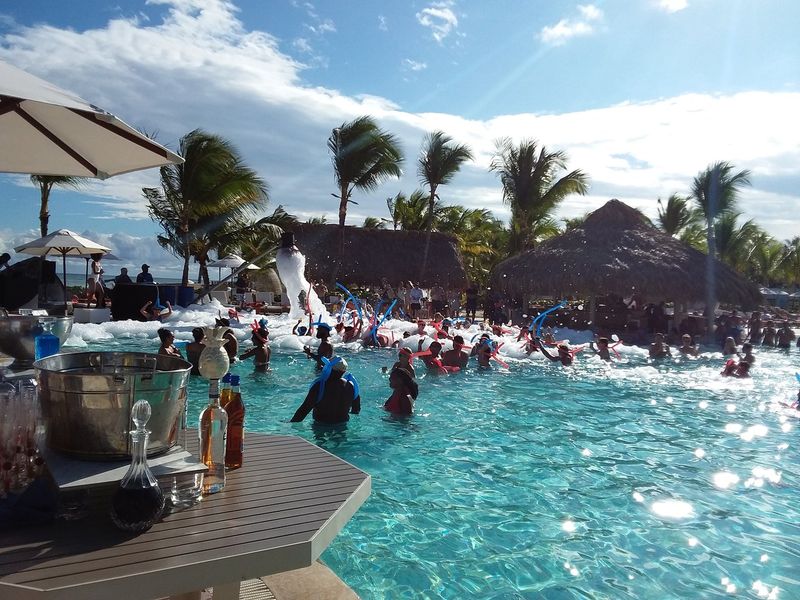
Punta Cana’s massive all-inclusive resorts redefined the concept of noise pollution. My supposedly peaceful beach vacation featured constant blaring music from competing pool activities that started at 8 AM and continued until midnight.
Entertainment staff with microphones organized endless “fun” contests, making quiet reading impossible anywhere near the main areas. Even worse were the nightly shows with bass so powerful it vibrated the walls of my room despite being several buildings away.
Moving to the beach provided no escape – resorts positioned speakers along the shoreline, while vendors selling parasailing and banana boat rides shouted continuously. The few quiet zones quickly filled with other noise refugees. Punta Cana seems designed for partying spring breakers rather than travelers seeking the tranquil Caribbean experience shown in brochures. Bring industrial-strength earplugs if you value sleep!
15. Underwhelming Views in Barbados
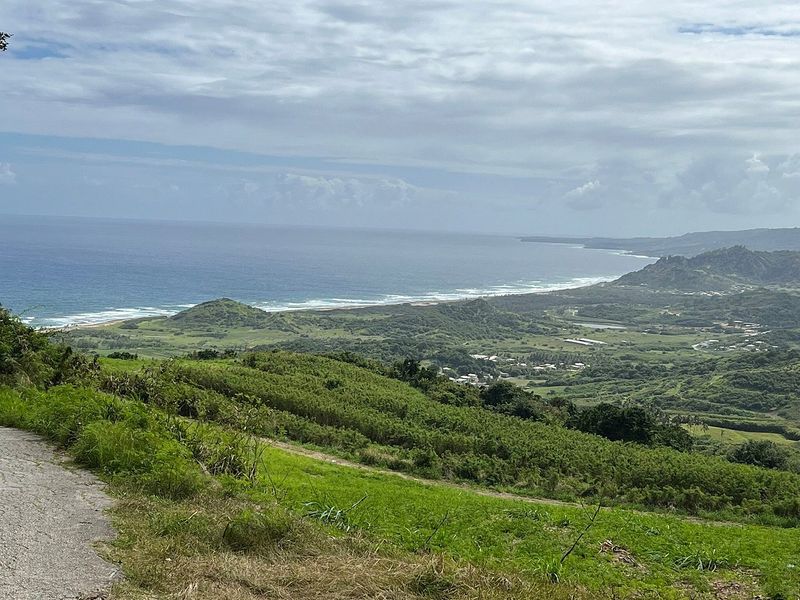
I showed up to Bathsheba expecting the iconic “Soup Bowl” to roar with energy, just like in the pictures. Instead, it was eerily still—no crashing waves, no drama, just wet rocks and dashed hopes.
Cherry Tree Hill’s “breathtaking panorama” featured a narrow glimpse of coastline through trees, with a parking lot crowded with tour buses. North Point’s cliffs were partially blocked by construction barriers during renovations – information absent from tourism websites.
Even the island’s highest point, Mount Hillaby, offered views obscured by overgrown vegetation. Most disappointing was discovering many iconic photo spots were heavily edited in tourism materials, with colors enhanced and crowds erased. Barbados has lovely beaches, but its inland viewpoints rarely matched their Instagram-famous representations, making for a letdown after difficult drives to reach them.
